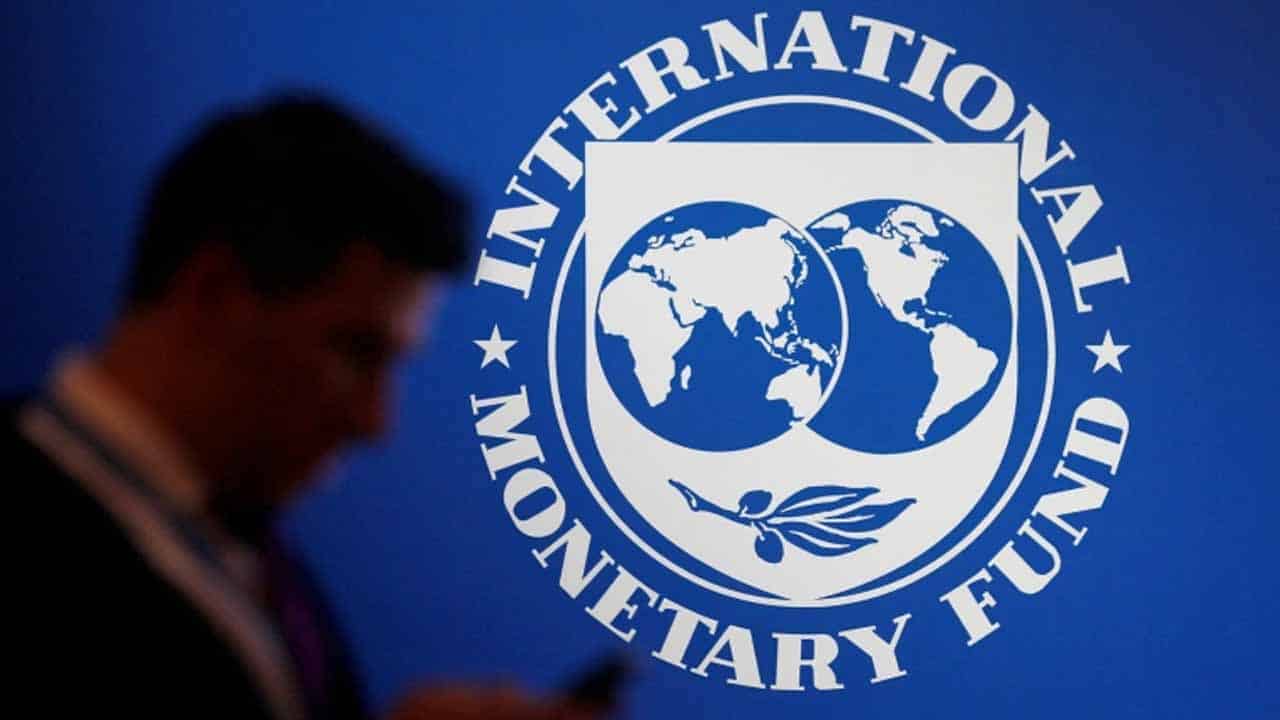According to Finance Minister Miftah Ismail, Pakistan sees a route out of its present economic crisis without going into default owing to progress on a stalled IMF loan and expenditure cuts.
Miftah Ismail further said; “Pakistan and other rising countries have been experiencing the biggest crisis,” he said in a phone interview. “With the commodities super cycle and Russia-Ukraine war, oil prices skyrocketing and gas going as high as ever in history.” “However, Pakistan has survived the storm by having an IMF program, by implementing a very tight budget, and by lowering demand for imports.”
He was actually referring to the staff level agreement that the country has with the Washington-based lender for resuming a $6 billion loan program. According to a presentation by the State Bank of Pakistan, Pakistan needs $33.5 billion in total from July 2018 through June 2023, but there is only $35.9 billion in funding that is readily available throughout that time.
Ismail declared, “Everything is fixed now. Pakistan will definitely fulfill its commitments, including all payments and bonds.
According to Ali Wahab, the company’s head of debt capital markets, Sharjah Islamic Bank received a planned coupon payment on Monday for its holdings of Pakistan’s $1 billion Sukuk issued in January. He continued, “Hopefully this will assist to allay the fears of investors.
All debt repayments this week, including the one due on August 3, have been completed and are on schedule, according to a statement from the State Bank of Pakistan. The authority reported that all principal and interest payments on foreign debt are being made on time in accordance with loan agreements.
In July, Pakistan cut its imports by 35% to $5 billion, which will assist close the country’s current-account deficit. According to Ismail, the increase in domestic energy prices—by 50% to secure the IMF bailout—will also lower energy consumption and imports, which have put pressure on the currency.
The worst monthly decline since 1989, the rupee fell more than 14% against the US dollar in July, closing Friday’s trade at 239.4. It was one of the poorest performing currencies last month internationally. On Monday, the exchange rate was essentially unchanged.
While Tuesday’s stock market dipped by 0.1 percent, the rupee was barely changed at 239.10 to the dollar. Pakistan’s 2031 dollar bond yielding 7.375 percent was trading 0.3 cents down at 48.922 cents on the dollar, heading into its sixth day of losses.
Despite a brief overshoot to the downside, the Pakistani rupee is anticipated to rise in accordance with fundamentals over the coming months, according to a rare joint statement from the central bank and finance ministry issued on July 31 at around midnight.












